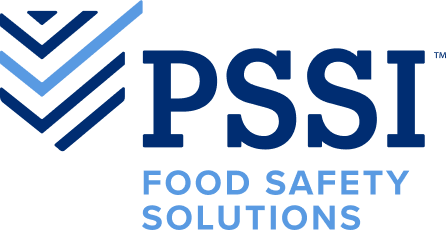Not only is June National Dairy Month but this year marks the 100th anniversary of the Pasteurized Milk Ordinance (PMO), a regulation with the goal of protecting the milk and dairy supply. The PMO actually began as the Standard Milk Ordinance (SMO) in 1924 by the United States Public Health Service. It wasn’t until 1965 that the SMO transitioned into what we know today as the Grade “A” Pasteurized Milk Ordinance. Before the PMO was implemented, 1 out of every 4 foodborne illnesses were directly related to dairy consumption. Today, milk is one of the most dependable foods on the market; less than 1 person gets sick for every 2 billion servings of milk products.
The history of milk safety also includes the formation of the National Conference on Interstate Milk Shipments (NCIMS) in 1950 to strengthen milk safety programs. NCIMS was represented in all states by 1977 and at that time formed a formal partnership with the US Food and Drug Administration (FDA) to enhance collaboration between federal and state levels with the goal of monitoring and improving the nation’s milk supply.
The Pasteurized Milk Ordinance is recognized as the national gold standard for milk processing regulations. It helps to ensure that Grade “A” milk and dairy products produced in the United States are among the safest in the world. The PMO provides uniform regulations for the dairy industry that are collectively created by many stakeholders, including industry, government, and academic representatives.
Why is milk pasteurized? Pasteurization is essentially a heat treatment. Liquid foods like milk are heated to a specific temperature for a set period of time to kill harmful microorganisms. Because most microbes cannot survive the heat treatment, products made with pasteurized milk are safe to eat and have a longer shelf-life. Moreover, pasteurization does not affect the taste or nutritional value of milk. The most common process of pasteurization in the United States is High Temperature Short Time (HTST). This method uses stainless steel plates and hot water to increase milk temperatures to at least 161° F for not less than 15 seconds followed by rapid cooling.
When you drink or eat dairy products made from pasteurized milk, consider that food safety programs surrounding the dairy industry have been continually advancing over the last 100 years. Through the efforts of food safety professionals, dairy quality and safety endures. 2024 is truly a year to celebrate the history and achievements of the dairy industry. Got milk?

